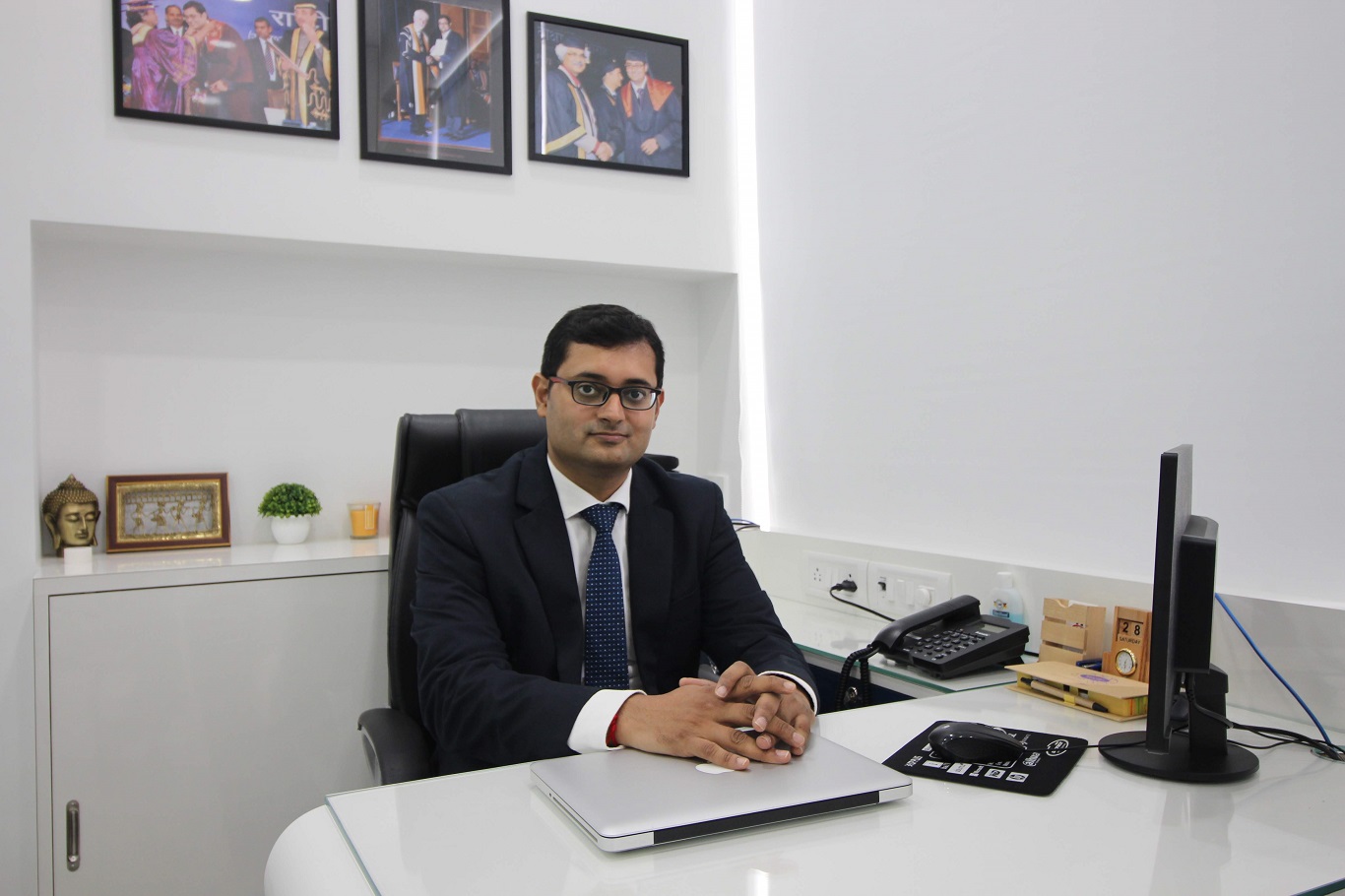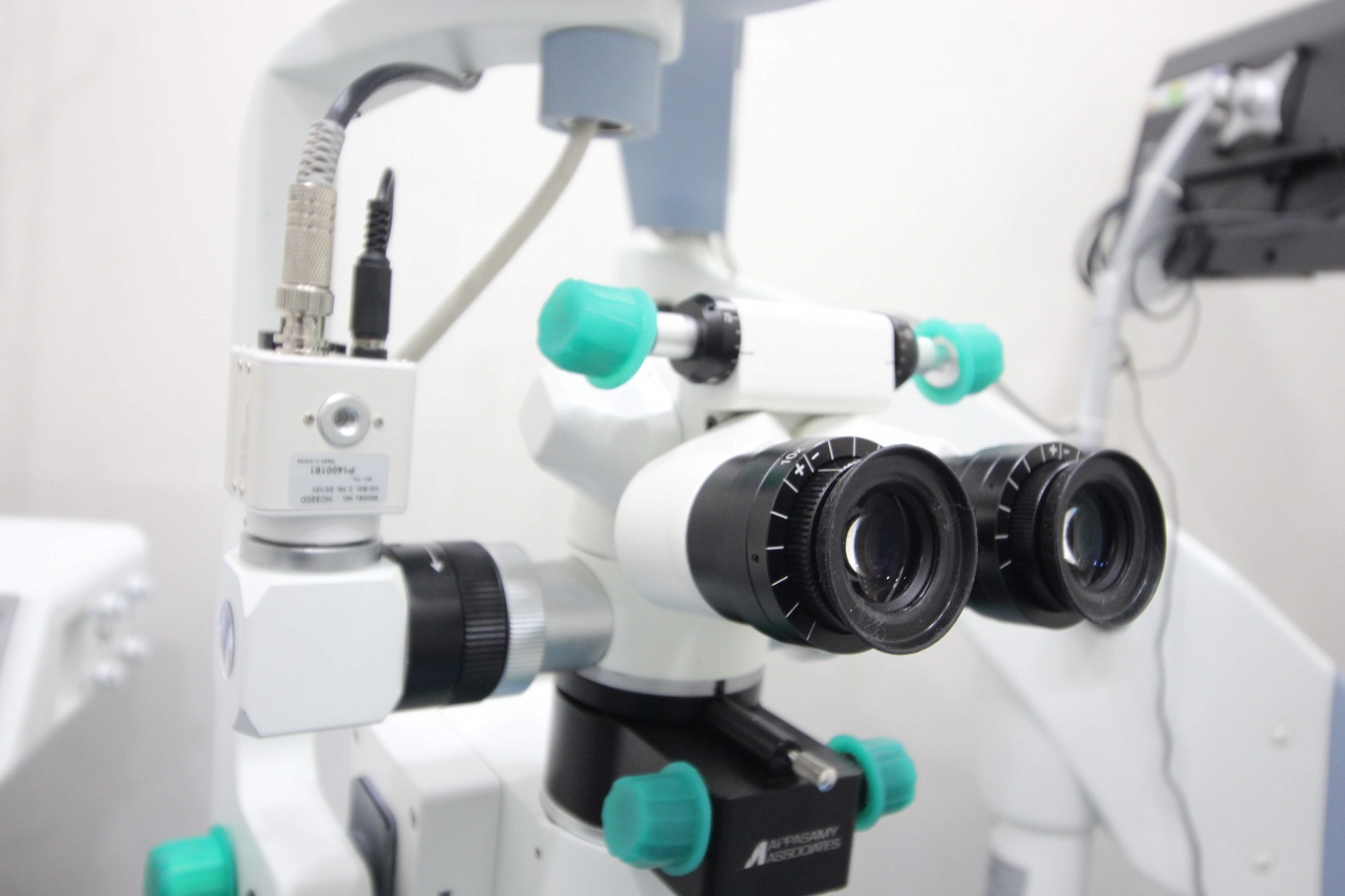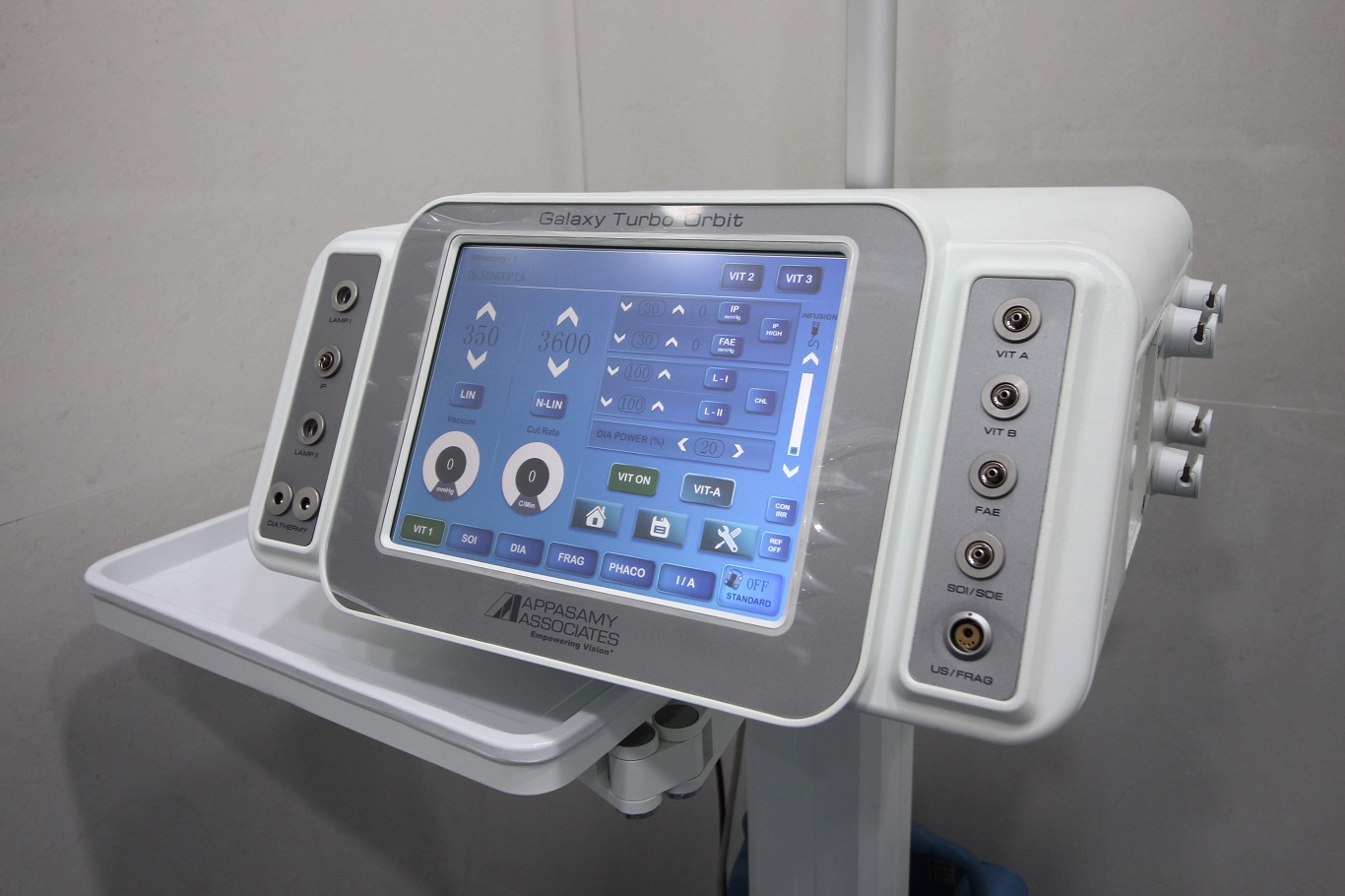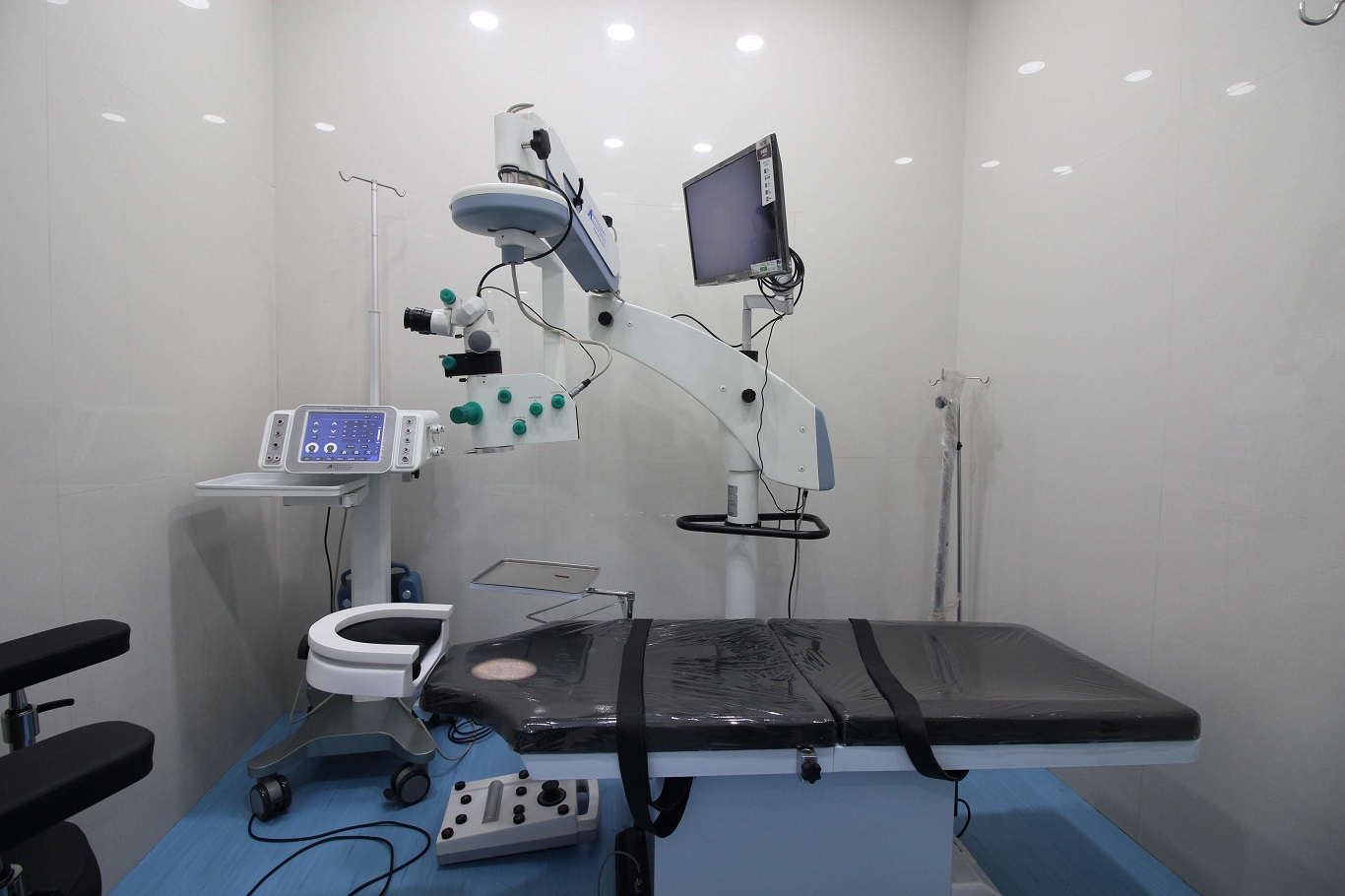Retinal Surgeries
Cataract is like greying of hair and will happen to everyone sooner or later. We provide you with the best services to tackle your cataract and regain excellent vision. Modern cataract surgery is the most frequently performed surgical procedure in the whole of medicine and has come a long way. It is now painless, stitchless, without injections and has recovery in less than one week. The following processes are followed when you are diagnosed with cataract:
-
Basic eye examination with vision testing and slit lamp examination to see grade of cataract.
-
Eye Scan
Ultrasound A scan to see length of the eye and keratometry to see corneal curvatures. These are used for calculating the power of the intraocular lens that will be placed inside your eye at the time of cataract surgery
-
Counselling with your doctor
At this time, your doctor will help you choose the best intraocular lens that will replace your cataract at the time of surgery. Some factors that may be asked to you at this time are your nature of work, your desire to be completely free of spectacles including no spectacles for reading after surgery, your driving habits, your reading requirements and some accompanying diseases such as diabetes. The main decision to be made is between a monofocal and multifocal intraocular lens. Ask your doctor the pros and cons of each before agreeing to go for one. In case any special and specific type of lens is required, such as a toric IOL, your doctor will inform you accordingly.
-
Cataract Surgery
Once you agree, the cataract surgery will be done via a pin hole opening in the eye using phacoemulsification followed by intraocular lens implantation. Surgery is usually done without injectable anaesthesia, though some cases may require an injection before the surgery.
-
Follow up visit
You will be required to come for follow up on day 1, 7 and 15 after surgery and continue eye drops as advised by your doctor.
A few precautions need to be taken which will be explained clearly to you immediately after your cataract surgery.





